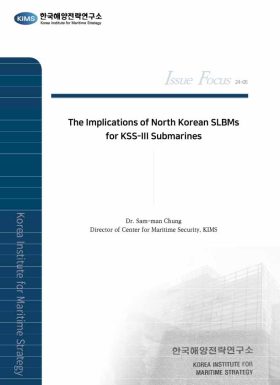
The history of North Korea’s development of Submarine-Launched Ballistic Missiles(SLBM) is much older than the general presumption. SLBMs represent the pinnacle of nuclear weapons development. The final objective of a state seeking nuclear armament is the acquisition of nuclear-powered ballistic missiles submarines(SSBN) capable of prolonged undersea operations and equipped with multiple SLBMs. To this day, the SSBN’s ability to avoid detection its their second strike capability makes it best available option of deterrence against an adversary’s first strike. A strategy designed to prevent an adversary’s first strike through such a deterrent is called a ‘withholding strategy.’
Following the collapse of the Soviet Union, North Korea offered substantial levels of benefits and economic incentives to Russian engineers who led the development of Soviet SLBMs at the Markeyev Rocket Design Bureau. These engineers and their missile technology became the basis of Nodong and Musudan missiles with ranges of over 1,000 km. These missiles were classifed by the West as Nodong-A and Nodong-B, respectively, given that they were build based on Soviet SLBM technology.


